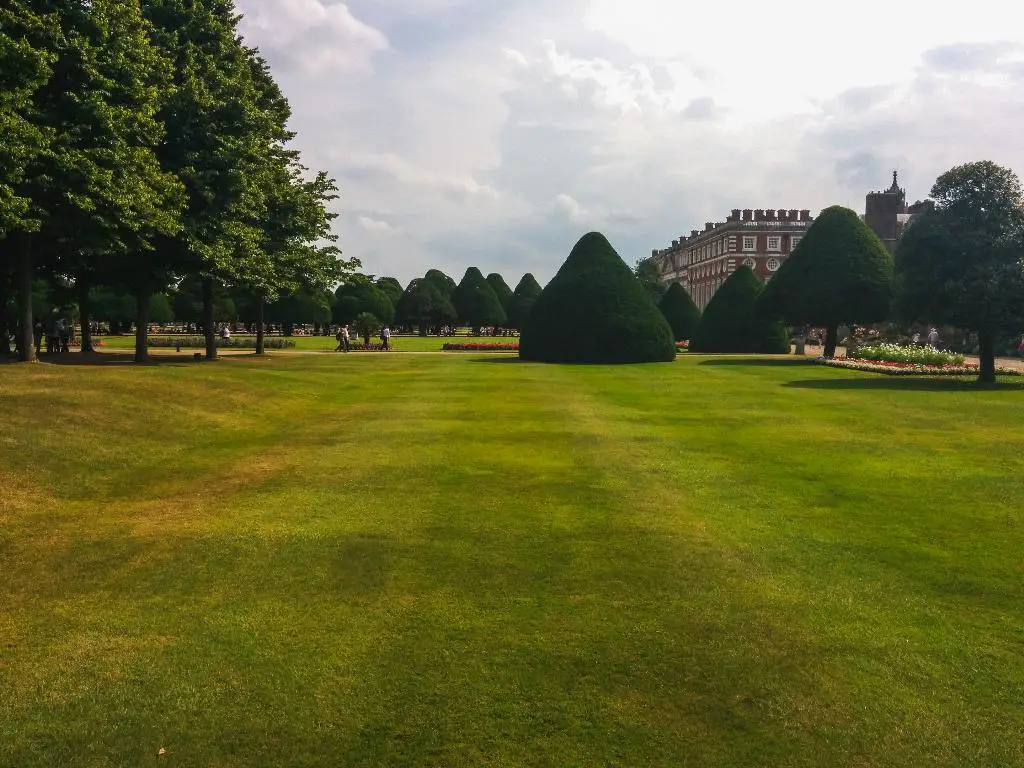If you’ve been struggling with chickweed invading your lawn, you’re not alone. This pesky weed can quickly take over your yard if left unchecked. Fortunately, there are effective methods for getting rid of chickweed and restoring the health and beauty of your lawn.
Identifying Chickweed
Before you can effectively combat chickweed in your lawn, it’s crucial to correctly identify this invasive weed. Chickweed is a low-growing plant with small, oval-shaped leaves and tiny white flowers. It tends to form dense mats in lawns and garden beds, smothering desirable vegetation.
Post-Emergent Herbicides
One of the most effective ways to eliminate chickweed is by using a post-emergent herbicide specifically designed for chickweed control. Products like Eraser, which contains glyphosate, can be highly effective at targeting and killing chickweed. However, it’s essential to use caution with non-selective herbicides, as they can harm other plants.
Application Techniques
When applying a post-emergent herbicide to target chickweed, be sure to follow the product’s instructions carefully. It’s important to apply the herbicide when the chickweed is actively growing and not during periods of drought or extreme heat, as the weed will be less susceptible to treatment.
Manual Removal
In addition to herbicide applications, manual removal can also be an effective method for getting rid of chickweed in your lawn. Use a hand tool to carefully uproot the chickweed plants, being sure to remove as much of the root system as possible to prevent regrowth.
Cultural Practices
Implementing proper cultural practices in your lawn can also help prevent chickweed infestations. Regular mowing at the appropriate height, adequate watering, and proper fertilization can all contribute to a healthier lawn that is more resistant to weed invasions.
Preventative Measures
To minimize the likelihood of chickweed returning to your lawn, consider overseeding with high-quality grass seed to help fill in any bare spots where chickweed may take hold. Additionally, applying a pre-emergent herbicide in the early spring can help prevent chickweed seeds from germinating.
Monitor and Maintain
After treating chickweed in your lawn, it’s essential to monitor the area regularly to ensure that the weed does not return. Quick action at the first sign of chickweed reemerging can prevent a full-blown infestation from taking hold.
Environmental Impact
When treating chickweed with herbicides, be mindful of the potential environmental impact. Avoid spraying herbicides near water sources, and consider using organic or eco-friendly alternatives if possible to minimize harm to wildlife and beneficial insects.
Consulting Professionals
If you’re unsure of the best course of action for treating chickweed in your lawn, don’t hesitate to consult with a lawn care professional. They can assess the extent of the infestation and recommend the most effective and environmentally responsible treatment options.

Final Thoughts
In conclusion, getting rid of chickweed in your lawn requires a combination of strategies, including herbicide applications, manual removal, cultural practices, and preventative measures. By taking proactive steps to combat chickweed and maintain a healthy lawn, you can enjoy a weed-free outdoor space that enhances the beauty of your property.
